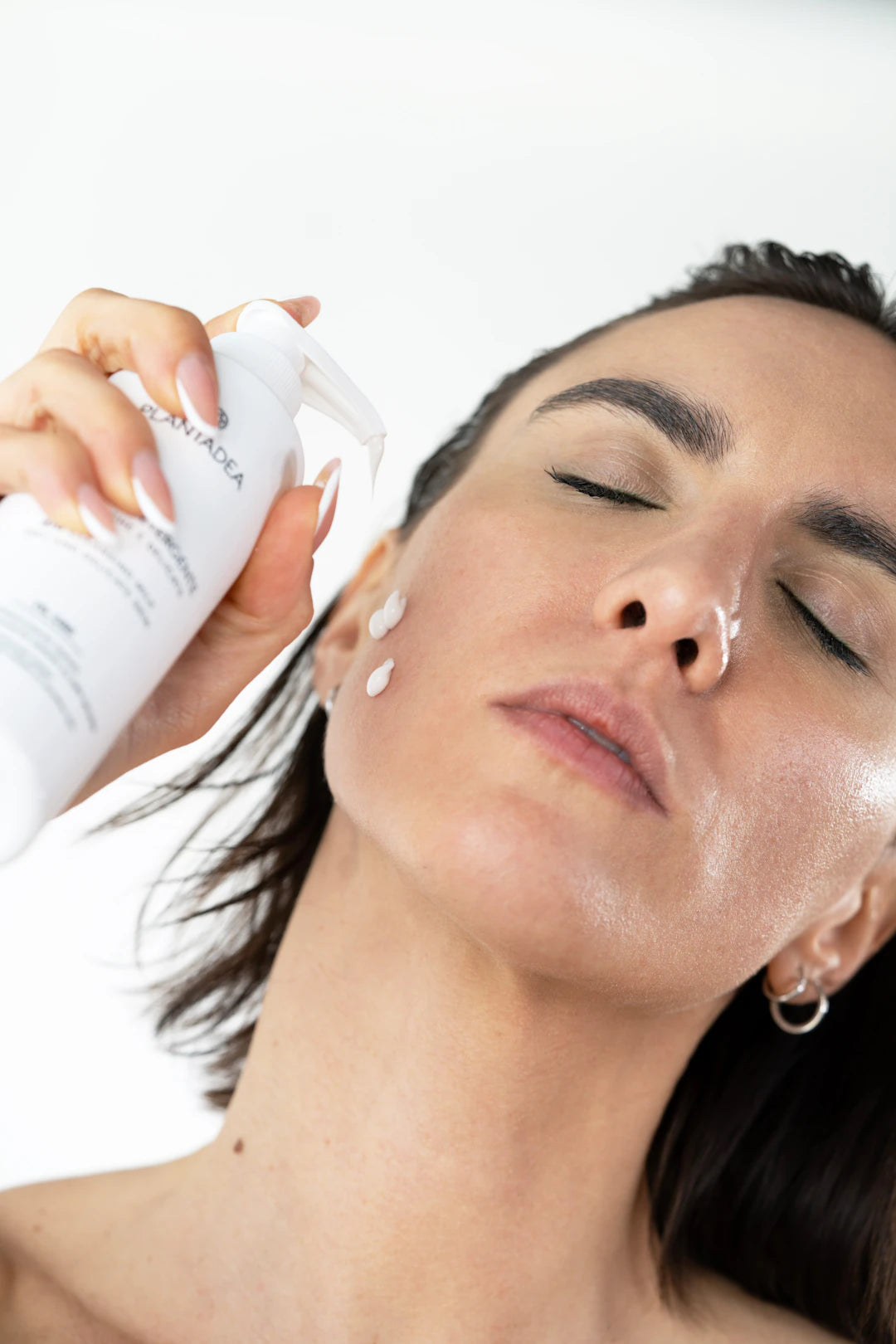Natural vs. Synthetic Ingredients: Choose Wisely for Your Skin

Frequently Asked Questions
1. What are natural ingredients in skincare?
2. What are the benefits of synthetic ingredients?
3. How does microdermabrasion benefit my skincare routine?
4. How do I choose between natural and synthetic skincare products?
5. Can I use both natural and synthetic ingredients in my skincare routine?
In the ever-evolving world of skincare, the debate over natural versus synthetic ingredients is more relevant than ever. With an increasing focus on healthy living and self-care, consumers are becoming more discerning about the products they choose. This guide will explore the various elements of both natural and synthetic ingredients, helping you make informed choices for your skincare routine. Join us as we dive into the science and benefits, including exciting revelations about microdermabrasion benefits and skin tightening.
Understanding Natural Ingredients
Natural ingredients are derived from plants, minerals, or other naturally occurring substances. They are often touted for their purity and perceived safety. Here are some common characteristics and benefits of natural ingredients:
Purity and Minimal Processing
Natural ingredients typically undergo minimal processing. As a result, they retain most of their original properties, making them appealing to many consumers. For instance, oils from jojoba seeds or shea butter from nut fat are harvested and minimally refined, allowing the skin to benefit from their rich vitamin content.
Rich in Nutrients
Natural ingredients can be nutrient-dense, with vitamins and minerals vital for skin health. They often contain antioxidants that help fight free radical damage and promote cellular regeneration. Ingredients like vitamin E, found in many natural oils, can deeply nourish the skin.
Gentler on the Skin
For those with sensitive skin, natural ingredients can be less irritating compared to synthetic alternatives. Many synthetic compounds can cause allergic reactions or sensitivities, while natural products tend to be gentler and more soothing.
Exploring Synthetic Ingredients
Synthetic ingredients are man-made substances created in laboratories. These components can mimic natural elements or possess entirely different characteristics. Here are some advantages of synthetic ingredients:
Consistency and Stability
Synthetic ingredients often provide greater consistency in formulation. Since they are controlled in a laboratory setting, manufacturers can create a reliable product that performs the same every time. Additionally, synthetic ingredients can be more stable, providing a longer shelf life and maintaining effectiveness over time.
Targeted Benefits
Many synthetic ingredients are designed specifically to address particular skin concerns. These can include formulations that target aging, such as those promoting skin tightening or enhancing overall texture. For instance, retinoids, a popular class of synthetic skincare ingredients, are known for their ability to stimulate collagen production.
Cost-Effective Production
Creating synthetic ingredients can be less expensive than sourcing rare natural materials. This economic advantage often translates to lower prices for consumers. For those on a budget, synthetic products may provide a more accessible option without sacrificing quality.
The Benefits of Microdermabrasion
Whether you lean more toward natural or synthetic skincare, understanding the benefits of microdermabrasion can enhance your skincare routine. Microdermabrasion is a non-invasive procedure that exfoliates the outer layer of the skin, promoting a clearer and more youthful appearance.
Enhanced Absorption of Active Ingredients
After a microdermabrasion treatment, the skin is better able to absorb active ingredients from skincare products, whether they are natural or synthetic. This means that when you apply serums or moisturizers containing powerful actives, your skin will more effectively absorb their benefits.
Reducing Fine Lines and Wrinkles
Microdermabrasion helps to stimulate collagen production, which can lead to skin tightening effects over time. With repeated treatments, many individuals report a noticeable reduction in fine lines and wrinkles, resulting in a smoother texture and younger-looking skin.
Even Skin Tone
This method can improve discoloration and uneven skin tone, making it a popular choice for those looking to enhance their overall complexion. By buffing away dead skin cells and debris, microdermabrasion reveals the brighter skin underneath.
How to Choose the Right Ingredients
Deciding between natural and synthetic ingredients ultimately comes down to your personal preferences, skin type, and specific skincare goals. Here are some factors to help guide your decision:
Know Your Skin Type
Understanding your skin type—whether oily, dry, combination, or sensitive—can significantly influence your ingredient choices. For instance, individuals with oily skin might benefit from products featuring synthetic ingredients designed to control oil production, while those with sensitive skin might prefer the gentleness of natural alternatives.
Evaluate Your Skin Concerns
If you're looking for targeted solutions, such as skin tightening, consider how each ingredient can address your specific concerns. Do you want anti-aging benefits, hydration, or acne remedies? This focus will guide you in selecting products that effectively meet your needs.
Research the Brand Values
Consider the values of the brands you choose to support. Many companies emphasize transparency and sustainability in their practices. A brand that communicates their sourcing and production methods will give you more confidence in your choices, whether they’re natural or synthetic.
Balancing Both Worlds
It’s important to note that the best approach might not be choosing one category over another but rather finding a harmonious balance. Combining natural and synthetic ingredients can lead to a comprehensive skincare regimen that caters to various skincare concerns.
Listen to Your Skin
Before making drastic changes to your skincare routine, take the time to listen to your skin's reactions. It may take some trial and error to find out which products work best. Maintain a consistent routine and monitor how your skin responds over a few weeks.
Consult Professionals
If you're unsure about which ingredients to use or need help addressing specific skin issues, consulting a dermatologist can offer personalized advice. Professionals can recommend treatments, including microdermabrasion, that can benefit your skin type and condition.
A Fresh Take on Skincare Choices
The decision between natural and synthetic ingredients doesn’t have to be black and white. Both categories offer unique benefits that can complement one another and contribute to a healthy skincare routine. By understanding the microdermabrasion benefits and carefully selecting ingredients based on your skin's needs, you can enjoy a radiant and beautiful complexion. Remember that the ultimate goal is achieving healthy, glowing skin, and embracing both worlds may be the key to your skincare success!


